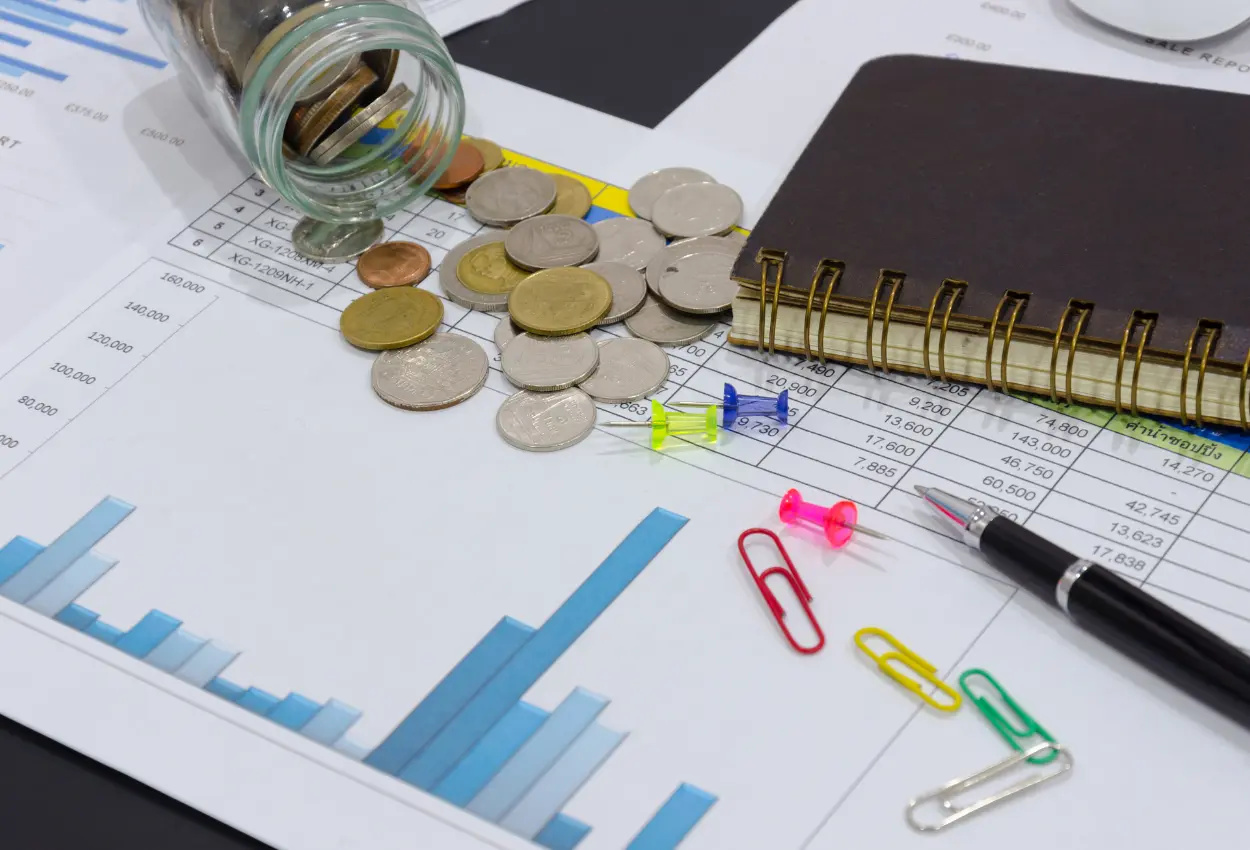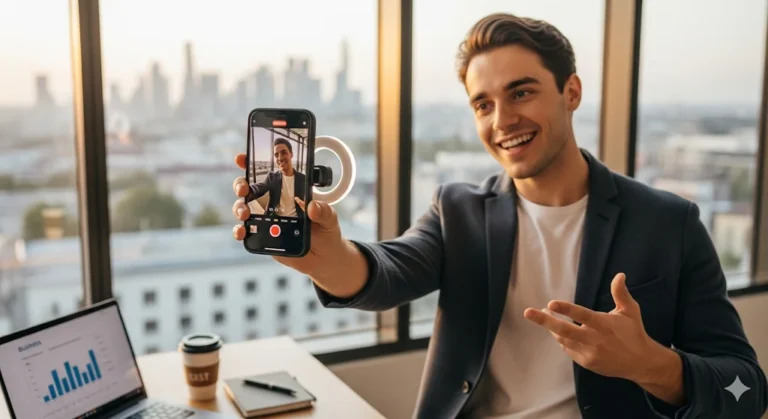The Best Time to Use Influencer Marketing in Your Campaign Lifecycle
Navigating the dynamic world of marketing requires strategy and timing. Influencer marketing is no exception.
The right moment can amplify a campaign’s success, just as poor timing can lead to missed opportunities. The best time to harness influencer marketing in your campaign lifecycle isn’t set in stone. It’s a strategic choice, influenced by your goals, the campaign stage, and market trends.
Think of your campaign as a story. Influencer marketing can serve as a powerful chapter, captivating your audience at pivotal moments. Whether you’re launching a new product, aiming for a sales spike, or looking to refresh your brand image, influencers can lend their voice to elevate your narrative. As you read on, you’ll discover the prime times to weave influencers into your campaign, ensuring your message resonates with the right audience at the right time. This isn’t about a one-size-fits-all approach; it’s about crafting a tailored strategy that leverages influencers to their fullest potential, aligning with your campaign’s heartbeat.
The Rise Of Influencer Marketing
The influencer marketing game is changing fast. Brands now have new ways to talk to people. This change is big. It’s all about getting closer to those who buy things. People listen to influencers like friends. This trust changes how people decide to buy.
Before, ads were everywhere. Now, stories from influencers guide us. They show us what’s cool and what’s not. This shift makes brands rethink their plans. The smart ones use influencers early in their game. This move can make a big difference.
Why? Because stories from influencers feel real. They don’t feel like ads. When we see someone we like using something, we want it too. It’s simple. This power shapes our choices more than ever.
Identifying Campaign Goals
Setting clear campaign goals is key. This guides your influencer choice. Brand awareness means getting your name out. You want many people to know your brand. For this, choose influencers with a big following. They should spread your message far.
Goals for more sales are different. Look for influencers who can drive action. They should not just share your brand. They need to make their followers want to buy. Find influencers with a record of making people take action. They are good for your conversion-driven strategies.
Knowing Your Audience
Demographic Analysis tells you who your audience is. It looks at age, gender, income, and more. This info helps to choose the right influencers. Your message will reach the people who might buy your product.
Psychographic Profiling digs deeper. It’s about what your audience likes and believes. It finds out their hobbies, values, and habits. This makes sure the influencer’s fans will care about your stuff.
Choosing The Right Influencers
Two main influencer types exist: micro and macro. Micro influencers have fewer followers. Yet, they often have a tight bond with their audience. This makes them great for targeted messages. Macro influencers have many followers. They are good for reaching a wide audience quickly.
To pick the right influencer, match them with your brand’s values. Think about what your brand stands for. Then, find influencers who share these values. This step makes your campaign feel real and trustworthy. It helps your message to fit well with the influencer’s style.
Product Launch Phase
Influencers can create excitement before a product comes out. They share teasers online to make people curious. Good teasers make people talk and wonder. This is key for a successful product launch.
Choosing the right influencers is important. They should love your brand. This makes them great brand ambassadors. They tell their followers about your product in a natural way. This feels honest and gets more people interested.
Building Momentum
Want to grow your brand’s reach? Think about using user-generated content. It’s content made by people who like your brand. Ask fans to share their own stories, photos, or videos. This shows real people using your product. It builds trust with new customers.
Try teaming up with influencers for giveaways or contests. This can get more people excited about your brand. Make sure the prizes are something your fans will love. This can help spread the word about your products fast. Everyone loves winning, so contests can get lots of attention.
Remember, these steps can bring more eyes to your brand. Keep your messages clear and simple. This way, even more people will understand and join in. Your brand can grow big with the help of your fans and influencers.
Sustaining Engagement
Keeping your audience interested is key. Consistent messages from influencers help a lot. They keep talking about your brand. This makes people remember and like your brand more.
It’s smart to use different online places. Like Instagram, YouTube, and Twitter. This way, more people see your brand. They see it while watching videos, looking at pictures, or reading tweets. It’s like spreading your story across the internet.
Think of it as telling your friend a cool story. Now, imagine telling it on a stage, on TV, and on the radio. More people hear it. That’s what cross-promotion does for your brand. It makes sure lots of people hear your story.
Evaluating Campaign Performance
Knowing when to use influencer marketing is key. It helps you get the best results. You need to track key performance indicators (KPIs). These show how well your campaign is doing.
Some important KPIs are click-through rates, engagement, and conversions. They tell you if people like your ads. They also show if people are buying your stuff.
It’s also smart to look at the return on investment (ROI). This tells you if the money you spent was worth it. Did the campaign make more money than it cost? That’s a big win!
Assessing the impact is not just about money. It’s also about how people feel about your brand. Are more people talking about it? Do they think it’s cool? That’s good for your brand.
Post-campaign Analysis
After a campaign ends, look at the engagement metrics. These numbers tell us what worked. They also show what didn’t. See likes, shares, and comments. This info helps us learn. We find out what content connects with people.
We then make strategic adjustments. This means changing our plan for the next time. We use what we learned. This helps us do better in future campaigns. We might try different influencers. Or we change our messages. Sometimes, we pick new times to post. Our goal is to get more people to see and like our stuff.
Innovative Approaches To Influencer Collaborations
Brands often think about working with influencers. Two ways exist: long-term or one-off campaigns. Each has its own benefits. Let’s explore.
Long-term relationships mean working together for a while. This builds trust. Fans see the influencer truly likes the product. It feels real and honest.
One-off campaigns are short. They focus on a single event or product launch. These can create quick buzz. Yet, they might not seem as genuine.
Now, emerging trends show a mix is best. Brands mix long-term and one-off deals. This keeps content fresh but also builds deeper trust over time.
Conclusion
Selecting the optimal time for influencer marketing can elevate your campaign’s impact. Early integration builds momentum, while mid-campaign boosts can re-energize interest. Timing is key. Align influencer outreach with your marketing phases for best results. Use insights from this post to guide your strategy.
Start small, measure outcomes, and adjust as needed. Your brand’s visibility and engagement can grow with well-timed influencer collaborations. Remember, success lies in the timing. Ready to make the most of your next campaign? Let’s get your timing right.






